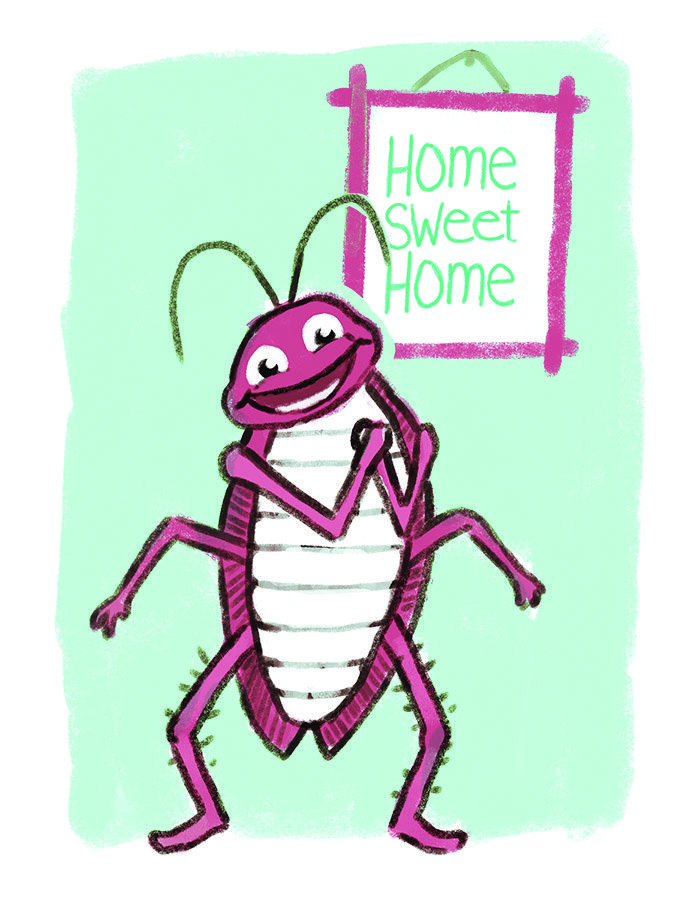Humans share their homes with hundreds of species of flies, spiders, beetles, lice and other arthropods, a new study reports.
Researchers visited 50 houses within 30 miles of Raleigh, N.C., and collected all of the arthropods they could find. Researchers crawled around houses wearing kneepads and head lamps, and used forceps as well as an aspirator to suck up samples that they later studied under microscopes.
They found 579 different morphospecies -- meaning they were all physically different -- from 304 different families.
The study, "Arthropods of the Great Indoors," in the journal PeerJ on Jan. 19 (peerj.com/articles/1582), found more species in some houses and fewer in others -- 24 to 128 distinct species per house.
One arthropod found in all homes was the gall midge, a fly just four-tenths of an inch long. Although gall midges live only outdoors, they are probably blown often into homes, said Michelle Trautwein, an entomologist at the California Academy of Sciences and one of the study's authors.
She and her colleagues also found many booklice, harmless cousins of head lice. "Basically, we are all are living with lice," Trautwein said.
Although many different arthropods were found, most were benign.
"The vast majority of the arthropods we live with are not pest species," Trautwein said. "They are not going to suck your blood, eat your food or destroy your house."
Many have been associated with human dwelling places since humanity bedded down in caves. "Among the first examples of cave art is a depiction of a camel cricket (Rhaphidophoridae)," the authors note.
They also note that while modern Western houses are perceived as fortresses against animal life, arthropods thrive in
homes, witness the multibillion dollar pest-control industry.
"Houses today host many of the same pest groups found in archaeological sites ... yet today's arthropod communities also reflect aspects of society's modernization," they write. "For example, with the advent of indoor plumbing, dung beetles (Scarabaeidae) are less prevalent indoors ... but drain-dwelling moth flies (Psychodidae) are likely more so."
Also, globalization has spread certain species of home-based arthropods everywhere, such as the house fly, German cockroach and the fruit fly. German cockroaches now inhabit homes around the world even where they do not exist in the wild.
The scientists are expanding their study to include human dwellings on all seven continents.
"We're aiming to find out more about arthropods in different kinds of houses and in different climates," Trautwein said.
Celia Storey added information to this report.
ActiveStyle on 02/01/2016
